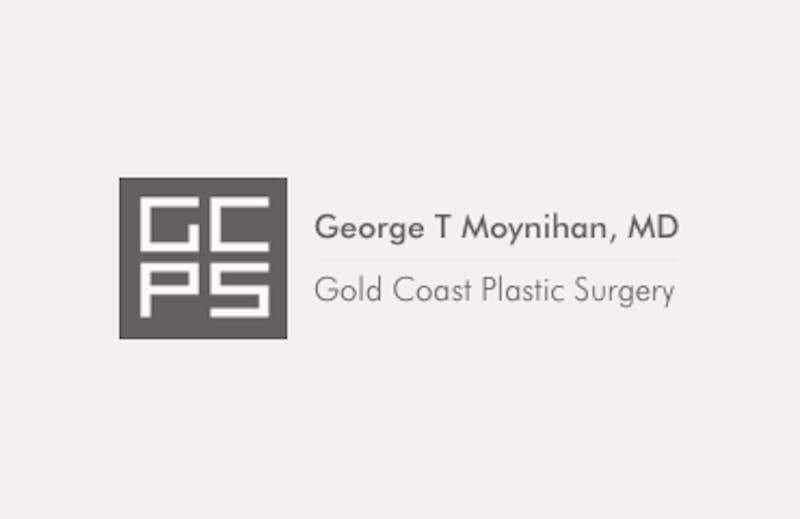
Otoplasty, also known as ear surgery, is a surgical procedure that corrects aesthetic flaws or deformities with the ear. It’s most commonly requested by parents whose child is at risk of or currently being bullied for having “dumbo” ears. Many adults also request the surgery to improve protruding ears and improve self-esteem as well. If you’re considering otoplasty for your child or yourself, the following are eight important things to know about the surgery.
Minimum Age for Otoplasty
The best age for corrective ear surgery is between the ages of four and six. The surgery is not recommended for children under the age of four. Otoplasty can be performed once the ears have matured, which tends to occur around age six. Performing the surgery early on is beneficial not only because it spares children the teasing that is often associated with having large ears but also because the ear cartilage is more pliable at younger ages.
Issues Corrected by Otoplasty
Most facial plastic surgeons operate on patients who have ears that stick out too far. This is typically caused by a lack of proper development of the antihelical fold that draws the top of the ear close to the head. The angle or shape of the conchal bowl and mastoid bone also impact the ear’s shape.
Otoplasty on One Ear May be an Option
You may just have one ear that bothers you more than the other. If this is the case, you might be able to have just one ear surgically corrected. In many cases, however, both ears may be asymmetrical, but to different degrees. If you have one ear fixed and ignore the other, you’ll find the lack of symmetry becomes very obvious. Having the surgery performed on both ears provides the best results.
Steps Taken During Ear Surgery
The first step in an otoplasty surgery is the administration of anesthesia. For pediatric otoplasty, general anesthesia or twilight anesthesia is preferred. For adults, local anesthesia may be all that is needed.
The incisions are made in the back creases of the ears. This helps hide any scars. Cartilage may be trimmed to allow the surgeon to reshape the ears, and permanent sutures help hold the reshaped ear in place.
Discomfort is Common After the Surgery
Of all the areas performed on by plastic surgeons, patients rank the ear as being one of the most uncomfortable during the recovery. The majority of the discomfort is felt the day after surgery. Part of this is because you must wear a compression bandage after the surgery and through the night. The pressure from this bandage will feel uncomfortable, but once it is off on the second day, you’ll feel much more comfortable, though there is still bruising and swelling. You will need to wear a sweat band-type dressing for the first week, and then just at night for the next four weeks.
Complications You May Experience
After an otoplasty, some patients end up with telephone deformity. This means the upper ear and earlobe are more prominent than the middle of the ear, creating a telephone-shaped appearance. Corrective otoplasty may be required.
Other rare but potential complications include the risk of infection, recurrence of the deformity, and keloids forming on the scar. If you experience any of these issues, contact your facial plastic surgeon.
Cost of Otoplasty
Actual prices are given to you by your facial plastic surgeon during your consultation. For an idea of what to expect, the 2012 Plastic Surgery Statistics Report released by the American Society of Plastic Surgeons places the average surgeon / physician fee for otoplasty at $3,099. This does not include additional expenses such as anesthesia and facility fees.
Otoplasty and Insurance Coverage
In most cases, health insurance views otoplasty as a cosmetic surgery, so do not expect any coverage. If the surgery is required due to a birth defect or traumatic injury, health insurance may cover some or all of the expense, but you may have to be willing to fight to get coverage. Talk to your insurance carrier to find out what coverage is offered, if any.
Still not sure otoplasty is right for you? View some before and after pictures of otoplasty patients. Dr. George Moynihan is a board certified Chicago facial plastic surgeon with years of experience performing ear surgeries. Schedule a consultation with Dr. Moynihan by calling (312) 988-9300.


